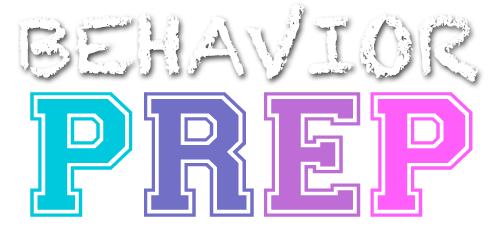B.5 Identify and distinguish between positive and negative punishment contingencies.
Positive Punishment
Positive punishment refers to the presentation of an aversive stimulus immediately following a behavior, which decreases the likelihood of that behavior occurring in the future. In other words, positive punishment involves adding something unpleasant or aversive to weaken a behavior.
Example: If a child throws a tantrum in a store, and their parent scolds them or takes away a preferred toy as a consequence, the child is less likely to engage in tantrums in the future. The scolding or loss of a preferred toy serves as a positive punisher that reduces the occurrence of the tantrum behavior.
Negative Punishment
Negative punishment refers to the removal or loss of a desired stimulus immediately following a behavior, which decreases the likelihood of that behavior occurring in the future. In other words, negative punishment involves taking away something desirable to weaken a behavior.
Example: Consider a teenager staying out past their curfew. As a consequence, their parents revoke their privilege of using the car for a week. The loss of the car privilege serves as negative punishment, reducing the likelihood of the teenager violating curfew in the future.
It’s important to note that both positive and negative punishment are intended to decrease or suppress unwanted behaviors. Positive punishment involves adding an aversive stimulus, while negative punishment involves removing a desired stimulus. These punishment contingencies are used in behavior analysis to decrease the occurrence of behaviors that are considered undesirable or problematic. It’s crucial to use punishment judiciously and consider the potential side effects, as positive punishment can sometimes lead to undesirable emotional or behavioral reactions.
